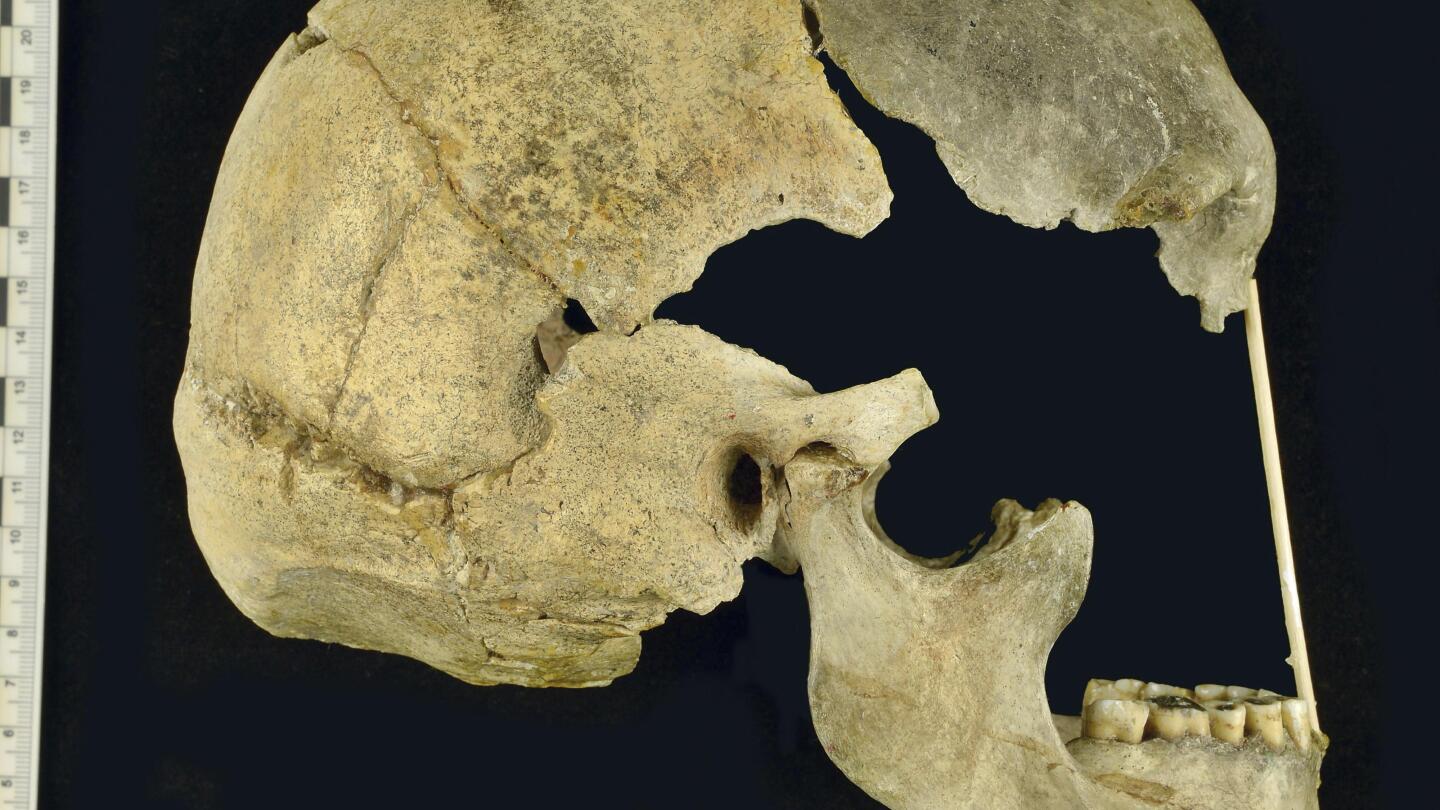Science
Ancient genes pinpoint when humans and Neanderthals mixed and mingled

When Neanderthals and Humans First Met and Mated
The fascinating story of human evolution took a groundbreaking leap recently as scientists uncovered compelling evidence that Neanderthals and modern humans mixed and mated around 45,000 years ago. This discovery, slightly more recent than previous estimates, sheds light on a critical chapter in human history. Modern humans, who first emerged in Africa hundreds of thousands of years ago, eventually spread to Europe, Asia, and beyond. Along the way, they encountered Neanderthals, and these meetings left an indelible mark on the human genetic code. While the exact details of these encounters remain a mystery, ancient bone fragments and genetic data are helping researchers piece together this intriguing narrative.
Ancient Bones and Genes Reveal the Past
To pinpoint the timeline of these interbreeding events, scientists analyzed some of the oldest human genes from a skull fragment found in the Czech Republic, known as Zlatý kůň or "Golden Horse." They also examined bone fragments from an early human population in Ranis, Germany, about 140 miles away. By studying these remains, researchers discovered snippets of Neanderthal DNA that suggest the mating occurred around 45,000 years ago. This genetic evidence, combined with archaeological findings, provides a clearer picture of how and when our ancestors interacted with Neanderthals. As study co-author Priya Moorjani of the University of California, Berkeley, noted, "Genetic data from these samples really helps us paint a picture in more and more detail."
Neanderthal DNA and Its Role in Human Survival
In a separate study, researchers traced the presence of Neanderthal DNA in the human genome over the past 50,000 years. They found that some Neanderthal genes related to immunity and metabolism were passed down to modern humans and may have played a crucial role in helping early humans survive and thrive outside of Africa. These genetic contributions are a testament to the adaptive benefits of interbreeding with Neanderthals, who were already well-adapted to the challenging environments of Europe and Asia. Today, traces of Neanderthal DNA can still be found in modern humans, influencing traits such as skin color, hair texture, and even nose shape.
The Legacy of Neanderthals and Denisovans in Our DNA
The story of human evolution is not just about Neanderthals. Another group of extinct human relatives, the Denisovans, also left their genetic mark on modern humans. While Neanderthals are well-studied, Denisovans remain more elusive, known primarily from a finger bone and a tooth found in a Siberian cave. Despite their mysterious nature, Denisovan genes are present in the DNA of some modern populations, particularly in Southeast Asia and Australia. This genetic legacy highlights the complex and interconnected history of human species, where interbreeding and adaptation were key to survival.
Unraveling the Mysteries of Human Origins
The quest to understand human origins is one of the most compelling areas of scientific research. Rick Potts, director of the Smithsonian’s Human Origins program, emphasized this when he asked, "Who are we?" This question drives scientists to explore the intricate web of genetic and archaeological evidence that defines our shared history. By studying ancient DNA and fossils, researchers aim to untangle the complex relationships between different human species and uncover the stories of our ancestors. Future genetic studies will undoubtedly reveal even more details about the Neanderthals, Denisovans, and other human relatives who shaped the course of our evolution.
The Journey Ahead in Understanding Our Genetic Heritage
As scientists continue to analyze genetic data and uncover new fossils, our understanding of human history will become even more detailed and nuanced. The discovery of 45,000-year-old interbreeding events, the adaptive benefits of Neanderthal genes, and the mysterious influence of Denisovans all remind us that our DNA is a tapestry woven from the threads of ancient encounters. By exploring this genetic heritage, we not only learn about our past but also gain insights into what makes us human today. The journey to understand our origins is far from over, but every new discovery brings us closer to answering the profound question: "Who are we?"